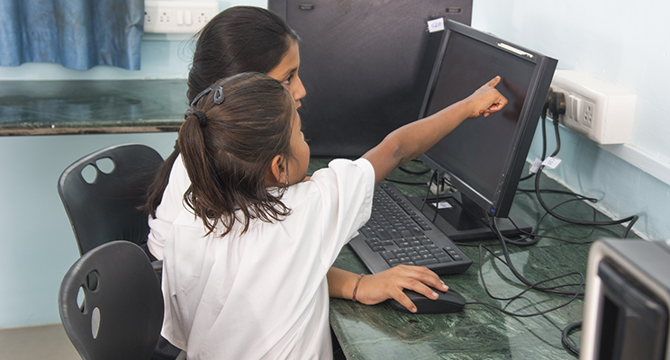Yourstory
6d
157

Image Credit: Yourstory
How schools are adapting to the digital divide?
- Schools in rural and remote areas in India have long faced the challenge of limited access to digital infrastructure and are taking steps to ensure students are not left behind in the 21st century.
- With support from local governments and edtech platforms, teachers have set up small computer labs, equipped with basic hardware provided by government initiatives and edtech partners.
- In many Tier III and rural areas, school teachers are incorporating DIY (do-it-yourself) kits into the classroom, providing students with the tools to learn science, technology, and engineering in a practical, engaging way.
- Across India, schools are slowly shifting away from the traditional education system that heavily relies on textbooks and rote learning.
- The Digital India initiative has laid the foundation for digital learning by providing rural schools with basic digital infrastructure, such as computers and projectors.
- Recognising the unique challenges faced by schools in rural districts, edtech companies have developed educational kits and tools that can be used with minimal technology.
- In schools with limited access to digital tools, hands-on learning through kits and experiments has proven to be an effective way to teach students.
- Teachers are adapting their lessons to incorporate practical experiments, and schools are setting up small labs that allow students to explore subjects like science, technology, engineering, and mathematics (STEM) in a hands-on way.
- Schools in rural India are showing that with the right support, the digital divide can be overcome. These schools are creating an inclusive and forward-thinking learning environment by working together with governments and edtech companies.
- The story of India’s schools adapting to the digital age is not just one of challenges, but one of resilience, innovation, and hope for the future.
Read Full Article
9 Likes
For uninterrupted reading, download the app